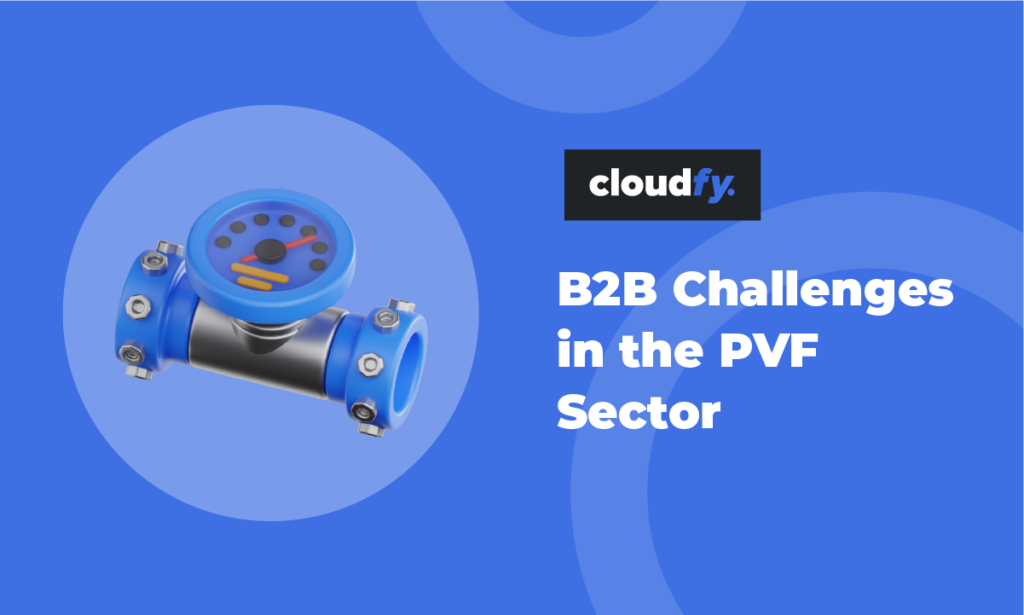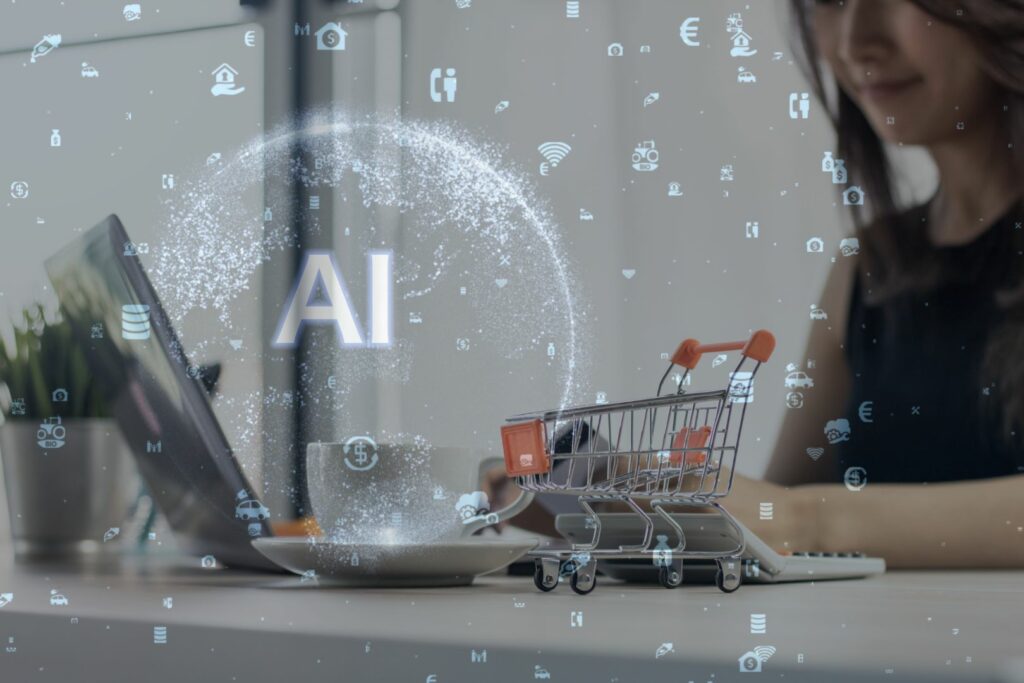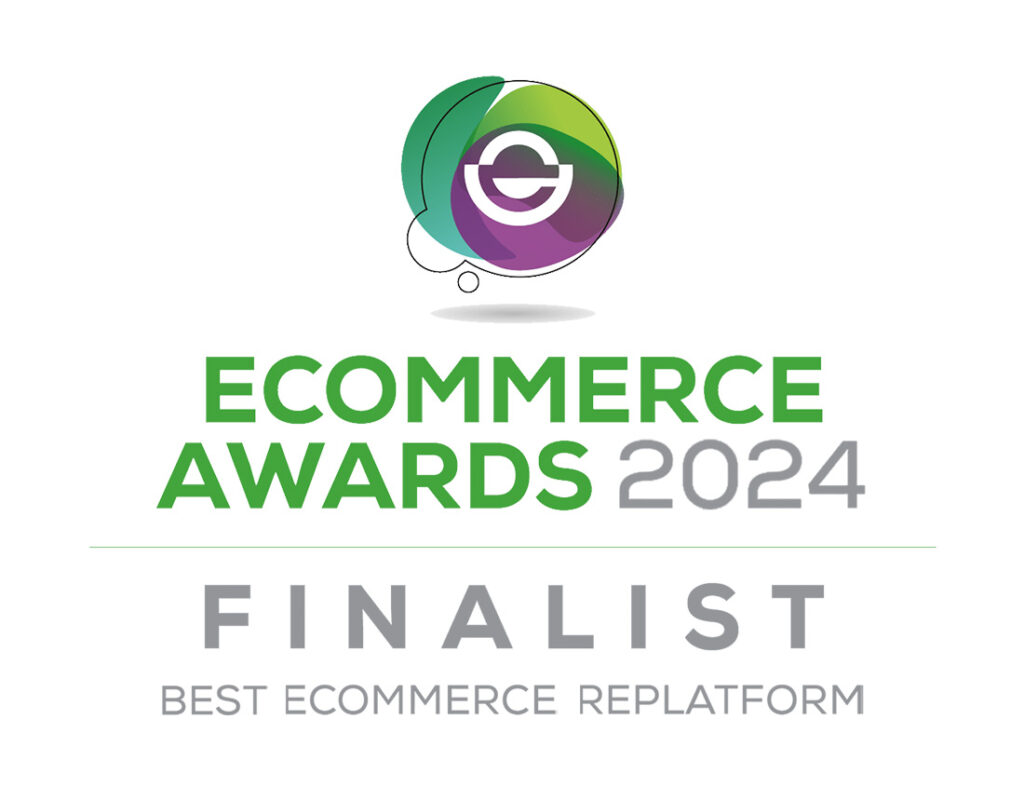Businesses to business (B2B) buyers might complete as much as 70% of their buying process online in 2018, so your information needs to be really easy to find. They are increasingly using their mobile phones and tablets for research and purchasing, so your ecommerce site needs to be responsive too. Importantly, your B2B buyers want to be treated as people, not company accounts.
Here are some B2B ecommerce trends we think will be important in 2018.
Keeping it simple
We know that B2B buyers want their buying experience to deliver the same ease and quality they find on retail sites. However, they probably don’t want immersive and highly branded features. They are more likely to be focused on your company’s unique product benefits, customer service and expertise.
Your buyers’ priority is to do business with you easily. Highly relevant search results, personalized pricing, real-time product availability and easy reordering will be important to them. However, depending on the complexity of your product or service and the extent of your range, simplifying your B2B ecommerce offer could be harder than you think, so we suggest you put this on your ‘to do’ list for 2018.
Integration
Ecommerce platforms are often developed separately from enterprise resource planning (ERP), order management and inventory management systems. That means it can be difficult to capture and use information about your customers’ behavior and preferences throughout the buying process.
Integration can deliver automated stock control and customized purchasing workflows, for example, but can also provide a wealth of information about your customers. So, while you are efficiently synchronizing ordering processes across your different sales channels you can also build stronger customer relationships.
Dynamic personalization
You can deliver the right content to the right people, at the right time with dynamic personalization. If your business has a large catalogue and serves different sectors, it can significantly improve your online revenue.
Using machine learning, artificial intelligence and powerful analytics, your website content can be tailored to each visitor’s requirements. For example, a new visitor could be shown a different homepage to an existing customer. As your visitor makes more specific selections, dynamic personalization can highlight more closely related products.
For registered customers you can provide an ecommerce experience specific to them, with information about previous purchases, associated products and approved payment methods. This can transform their journey into genuine engagement. It can also help you to deliver timely, relevant content, build trust and tailor calls to action without overwhelming them with unwanted information.
Up-skilling your sales team
Ecommerce can help your sales team perform more effectively and deliver more business. As automation frees them from repetitive administrative activities they can spend more time with your customers.
B2B decision-making often involves several people and multiple interactions before the buying decision is made. So, in 2018, make sure your well-trained sales team can deal with concerns and objections and highlight key benefits for each customer. They can direct your customers back to self-service on your ecommerce system when they have all the information they need or help them complete the purchase, as they prefer.
Provide your team with a tool like mSeller and they can throw away their printed catalogues. For face-to-face selling your team can share the latest product information and offers with your customers on an iPad, place orders in real time and send them straight off for processing.
Mobile by design
Many B2B companies are starting to focus on mobile ecommerce or m-commerce to make their services as convenient as possible for their customers. A growing proportion of buyers investigate products and suppliers from a mobile phone or tablet. They might need to make their purchases while they move from site to site as part of their job. This means that your website must be responsive and easily navigable from a mobile phone or tablet. Ideally your customer can start their process on one device and complete it on another, when it’s convenient for them.
With Google promising the roll out of its Mobile First Index, which prioritizes mobile responsiveness in search engine rankings, in 2018 your site’s mobile performance has never been more important.
Customer specific pricing
Whatever your product or service, B2B customers don’t want to be treated like strangers. As well as personalized technical specifications and value comparisons, they also expect specific pricing, payment options and shipping arrangements to reflect their business relationship with you.
Manually creating bespoke quotes and one-off contract pricing agreements for your customers could soon become a thing of the past. Gartner predicts that in 2018 40% of B2B ecommerce sites will use price optimization algorithms and configure, price and quote (CPQ) tools to dynamically calculate and deliver product pricing.
We see 2018 as the most exciting year yet for B2B ecommerce. Please get in touch if you would like to discuss how to cater to these trends.






